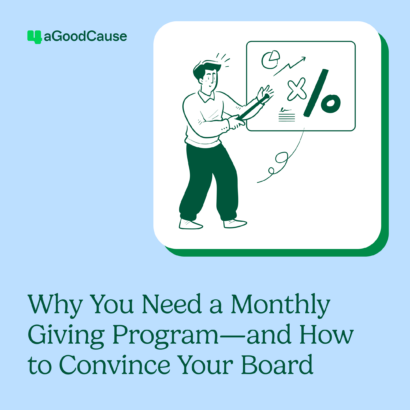According to the Engagement Alliance, an organization that researches and encourages gamification and engagement science, “Gamification is the process of using game mechanics and game thinking in non-gaming contexts to engage users and to solve problems. Gamification leverages game design, loyalty program design and behavioral economics to create the optimal context for behavior change and successful outcomes.” In other words, gamification uses the elements of game playing such as point scoring, competition with others, rules of play and rewards to drive people to take action.
According to the Pew Research Center, the interactive design elements of gamification can cause feel-good chemical reactions, alter human responses to stimuli, and in certain situations can improve learning, participation, and motivation.
Here are a few examples of gamification:
Credit or frequent flyer card points
The more you spend on your credit card, the more points you receive in your account that can be redeemed for large prizes. This method is also often used by airlines, offering their flyers points for better seats, free luggage and free trips when they book through that specific airline.
Earning badges
Giving people badges to put on their profiles or levels that they can display lets them show the world their achievements and encourages them to keep doing the activity. Foursquare is most commonly known for their badges.
Tracking medical history
Pain Squad is a “mobile game” designed to help kids fight cancer better by keeping patients engaged and provide doctors with medical data. Kids were often too exhausted to keep a written “pain journal,” but this game provided doctors with all the data they needed and children were also excited to fight their pain.
Recruiting members
The US Army created a promotional, recruiting tool that allowed potential candidates interested in enrolling to download a game for free and test their skills in this multiplayer strategic shooter environment to see if this was the right fit for them.
Why you should incorporate gamification into your fundraising strategy
Everyday, mundane activities can be made much more fun and engaging when they are turned into a game. Why not incorporate gamification into your nonprofit’s fundraising campaign in order to create a fun, engaging experience that will motivate donors to support your cause again and again?
Below are a few simple examples of how your nonprofit can incorporate gamification into your fundraising strategy and motivate donors to keep giving:
- Add a progress bar on your fundraising page that motivates visiting donors to help you reach your goal.
- Encourage friendly competition between fundraisers or fundraising teams.
- Create a point system in which supporters receive a certain number of points based on their monetary amounts, then reward them for reaching a point goal by sending them a gift.
- Incorporate social sharing into your points or levels system to encourage people to reach out to their social networks with their personal goals and encourage others to join.
- Encourage donors to see if they can get their corporation to match the amounts they raise.
Interested in going bigger with your gamification and fundraising strategy? Check out how one nonprofit took gamification offline with inspiration from the Amazing Race that led them to raise $85,000 for local schools. Feel like starting with some of the smaller gamification elements mentioned above? We’ve got the resources to help.



